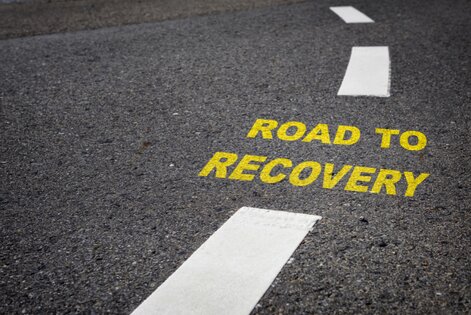The Different Stages of an Effective Addiction Recovery Program
Recovering from addiction is a journey, not a one-time event. A well-structured addiction recovery program follows different stages to help individuals heal physically, emotionally, and mentally. Understanding these stages can provide clarity and motivation for those seeking help.
Breaking Down the Stages of Addiction Recovery
Stage 1: Acknowledging the Problem
The first step toward recovery is recognizing that addiction exists. Many people struggle with denial, believing they can control their substance use. However, once an individual admits they have a problem and need help, they open the door to healing.
This stage often involves self-reflection, encouragement from loved ones, or professional intervention. A person may start researching recovery options, speaking with a doctor, or joining a support group. Accepting help is a big step toward a healthier future.
Stage 2: Detox and Withdrawal
Once a person commits to recovery, the next step is detoxification (detox). This process removes harmful substances from the body and allows it to adjust to functioning without them.
Detox can bring withdrawal symptoms, such as nausea, sweating, anxiety, and cravings. Depending on the substance and severity of addiction, detox may require medical supervision to ensure safety. In a professional setting, doctors may provide medication to ease withdrawal symptoms and monitor the individual’s health.
This stage of the addiction recovery program is physically challenging, but it is necessary for clearing the body of toxins and preparing for long-term recovery.
Stage 3: Rehabilitation and Therapy
Detox alone is not enough to overcome addiction. The real healing happens in the rehabilitation phase, where individuals work on the psychological and emotional aspects of addiction.
Rehabilitation typically involves:
● Individual therapy – Identifying triggers, past trauma, and unhealthy thought patterns.
● Group therapy – Connecting with others in recovery for support and encouragement.
● Behavioral therapies – Learning coping skills to manage stress, cravings, and emotional struggles.
● Holistic treatments – Activities like meditation, exercise, and art therapy that promote overall well-being.
This stage can take place in inpatient rehab centers (where individuals stay at the facility full-time) or outpatient programs (where they attend therapy while living at home). The goal is to develop healthier habits, address emotional pain, and learn strategies to prevent relapse.
Stage 4: Building a Support System
Recovery is not just about quitting a substance—it’s about creating a new lifestyle. Having a strong support system plays a big role in staying sober. This can include:
● Family and friends who encourage a substance-free life.
● Support groups like Alcoholics Anonymous (AA) or Narcotics Anonymous (NA).
● A sponsor or mentor who provides guidance.
Surrounding oneself with positive influences can make all the difference in long-term recovery.
Stage 5: Maintenance and Relapse Prevention
The final stage of recovery is maintaining sobriety and preventing relapse. Addiction is a chronic condition, meaning the risk of relapse is always present. However, with the right strategies, individuals can stay on track.
Some key relapse prevention techniques include:
● Continuing therapy or attending support groups.
● Avoiding triggers and high-risk situations.
● Practicing self-care through healthy habits like exercise and mindfulness.
● Seeking help immediately if cravings or stress become overwhelming.
Recovery is a lifelong process, but each day without substance use is a victory.
Conclusion
An effective addiction recovery program follows key stages like acknowledgment, detox, rehabilitation, support, and maintenance. Each step helps individuals heal and build a healthier, addiction-free life. If you or a loved one is struggling with addiction, know that help is available. Seeking professional treatment is the first step toward lasting recovery. With the right support, healing is possible.






